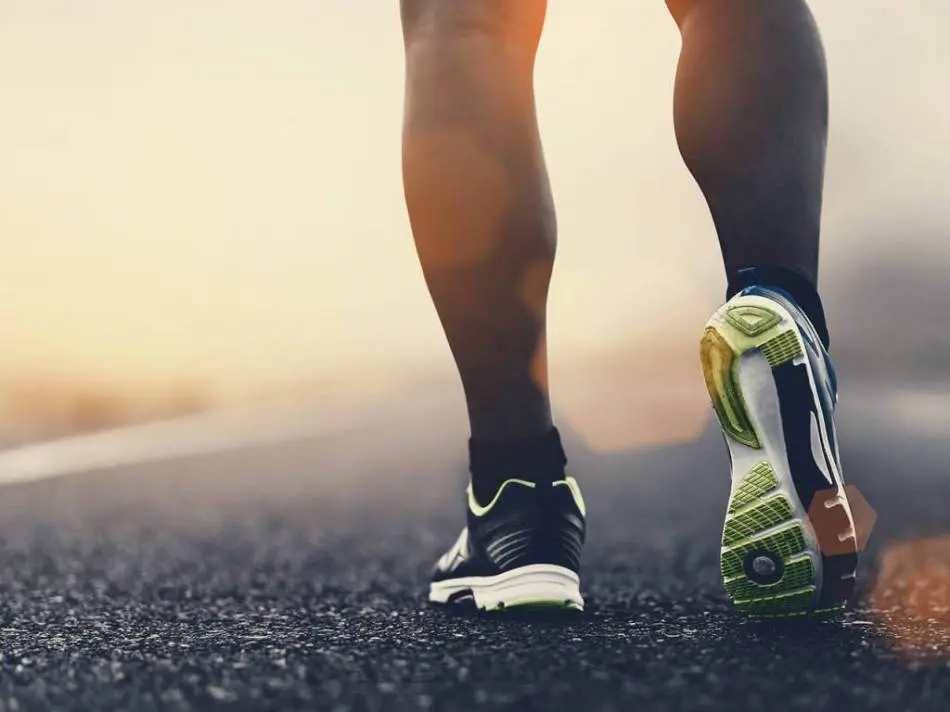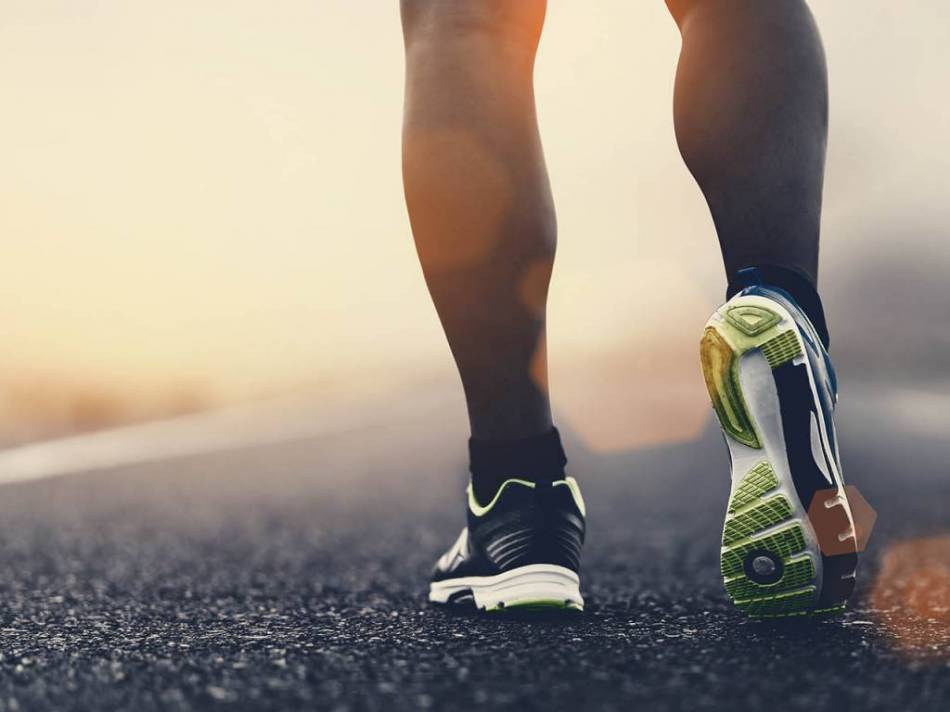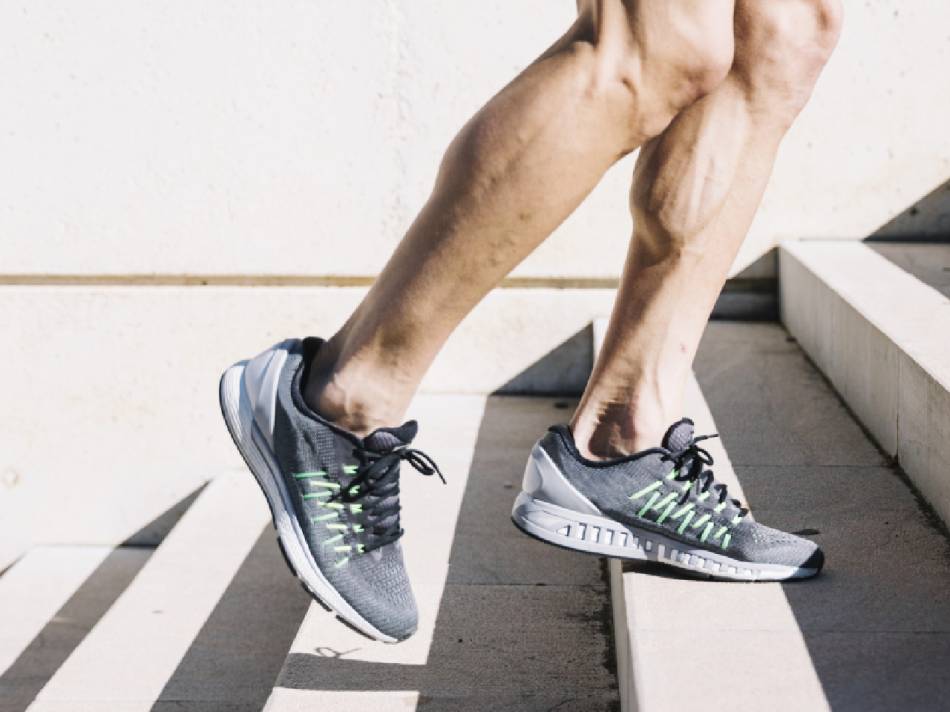
Power walking: to lose fat quickly

Power walking should not be confused with walking, Nordic walking or even running. This Olympic discipline is a step between walking and running, does not require any special equipment – such as Nordic walking for example – and offers you not only a different way of doing cardio, but also a solution for getting back into shape.
In this article, we will explain the correct way to do it, the benefits and the possible routines.
Reasons for choosing power walking
Don’t like running because it’s too taxing, tiring – or even maybe boring? You might find it interesting to try out power walking.
You have undoubtedly already met power walkers: they are walkers who go very fast. Power walking is a form of walking, but at a sustained pace, can reach 9 km / h – which makes it similar to Nordic walking but practiced without poles, and unlike running, one foot always remains in contact with the ground.
Power walking is particularly recommended for those who want to resume sporting activity without straining too much – or who want a flexible cardio activity. There are less risks or movements with potential injury, like with jogging or cycling – you are in control of your level of exertion, not an adversary or the vagaries of the topography. It is also recommended for seasoned runners because it minimizes impact on the skeleton while still straining the cardiovascular system, and it is perfect for fitness practitioners because it allows fat tissue loss quickly – among other benefits.
It does not need special infrastructure and can be practiced absolutely anywhere.
Benefits of power walking
This activity, due to its intensity on the body, is very effective for high calorie consumption, which naturally induces an accelerated loss of adipose tissue. Strong activation of all the body muscles during this activity – apart from strengthening these muscles – encourages the body to draw on fat to support intense and constant exertion. The position of the body while walking promotes lung amplitude and better oxygenation.
It is also excellent for the cardiovascular system – the latter is highly stressed during exercise, which allows for a lower heart rate at rest and higher during exercise, a lower blood pressure, an increase in volume of blood ejected with each contraction, at rest and during exertion. Over time the heart’s force of contraction increases, with an increase in maximal oxygen uptake and the ability to perform short-term exertion without oxygen.
In addition, people who have trouble running will appreciate power walking because it protects the back and joints. The fact that the foot never takes off from the ground is the first known and recognized benefit of power walking. No jolts for internal organs (for those who have had an operation for example, or for pregnant women), no violent shocks on the joints or the back – all this allows all those who have joint problems or pathologies to practice this cardio without being afraid of complications.

How to practice power walking?
There are specific techniques for practicing this discipline correctly.
The basics are the same than with other cardio practices – warm up, stretch, and start slowly at a low speed and then build it up gradually, which will ensure you last and progress in a very healthy way.
On the other hand, there are specificities and a good technique of brisk walking to maximize the benefits and prevent injuries. The first step is to watch your posture – keep your eyes forward, shoulders back, and head straight. Pull your belly button towards your spine to engage your abdominal muscles. If you find yourself slouching forward, take a moment to correct your body position.
If you notice that your shoulders and neck are tense, relax and release them. Good posture will help you maintain your speed and protect you from injury.
Then gently swing your arms, with your arms bent at an angle of about 90 degrees, move your arms back and forth so that the opposite arm and leg come forward at the same time. If your right foot takes a step forward, your left arm should also be moving forward. Adding arm movement will help you walk faster. You don’t need to make any sudden movements, these could actually slow you down and increase your risk of getting injured.
Focus on controlling your range of motion. Your hand should not go higher than your collarbone and your elbow should not cross the center of your body. You should also watch your heels, with each step land on your heel and roll your foot towards your toe. Focus on moving your hips forward rather than side-to-side. Finally, the movement itself must consist of short strides while having a sustained rhythm.

Power walking routines
We will introduce you to the routines, one for beginners, low impact, and another for advanced, high impact
Low impact
1. Swing arms with long strides
Begin your brisk walk at a slow pace with a long, excessive stride, swinging your arms in a rhythmic motion back and forth. When your right heel hits the ground, your left arm should be straight above your head, and the other side as well.
2. Walking lunges
Place your hands on your hips and step forward with your right foot. Keep your back straight and lower your left knee to the floor, hold for a second. Then step forward with your left foot and repeat.
3. Walk with leg lift and chest stretch
Place both hands in front of your chest, palms facing each other. Step forward with your right leg and lift your left leg to your left side about 10cm off the floor. When your leg comes out to the side, open your arms wide and, lowering your leg, bring your arms back to the starting position. Repeat the same movement on the opposite side with a continuous movement of the arm.
Strong impact
1. Jumps with high knees
Step forward with your right foot, shifting your weight from your heel to the ball of your foot. When you reach the sole of the foot, push your body weight upward. This will help bring your left knee up, like a one-leg vertical jump. Do the same on the left. Your arms should be bent at a 90 degree angle at the elbow – arm toward the opposite knee.
2. Walk – fast sprint
Get on the balls of your feet and walk, move your legs as fast as you can and swing your arms at the same speed. Don’t let your heels touch the floor.
Power walking at the gym
You can use a treadmill at the gym to do your power walking sessions, for example: 20 minutes training, 5-7 kilometers / hour
1.Warming up
2. 5 min at 0.5% incline
3. Interval 1
-
1 min at 5% incline
-
2 min at 0% incline
4. Interval 2
-
1 min at 6% incline
-
2 min at 0% incline
5. Interval 3
-
1 min at 7% incline
-
2 min at 0% incline
6. Interval 4
-
1 min at 8% incline
-
2 min at 0% incline
7.Interval 5
-
1 min at 9% incline
-
2 min at 0% incline
You know everything, now it’s your turn to try this new technique. Enjoy your power walking!